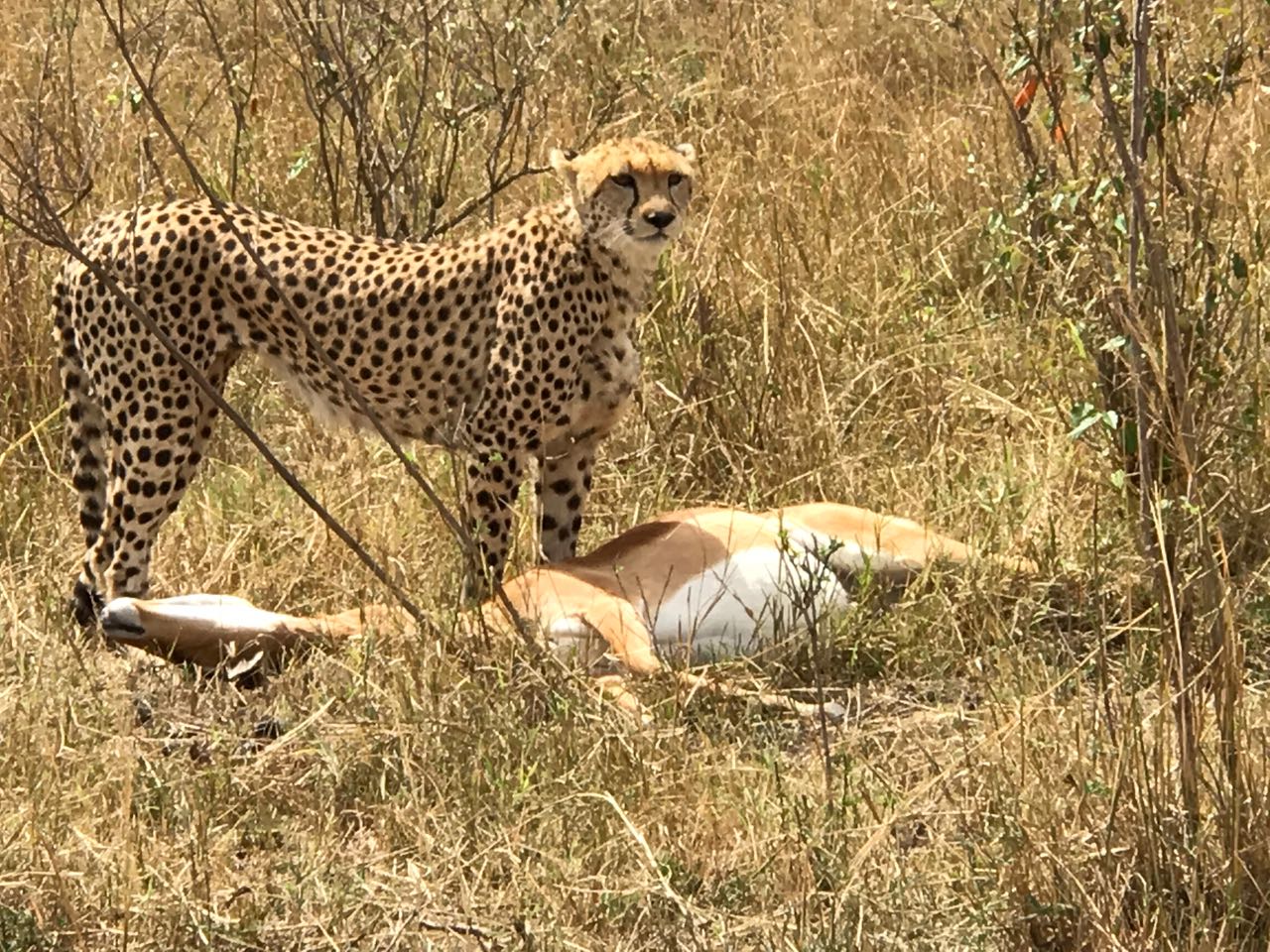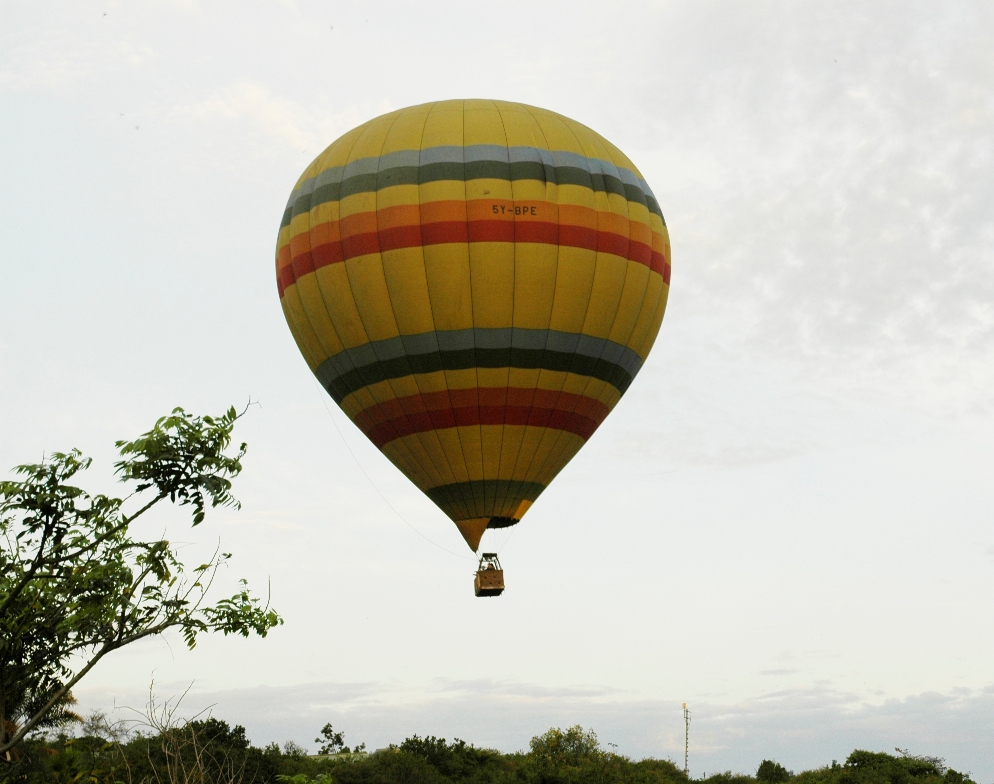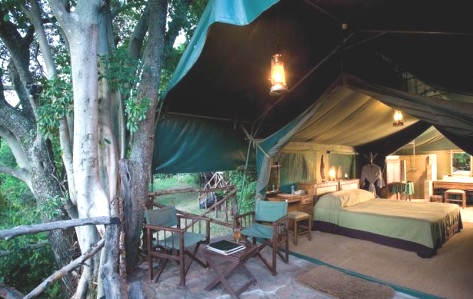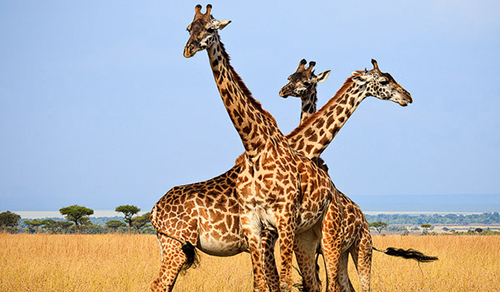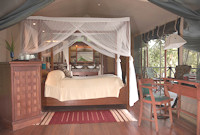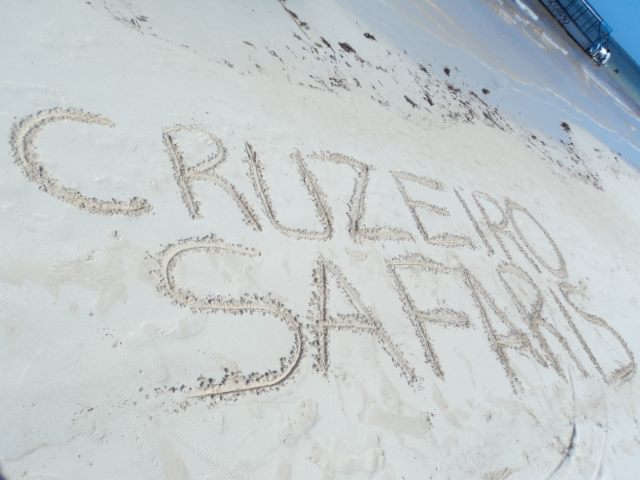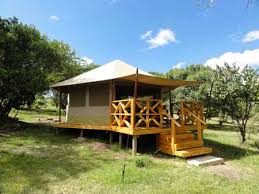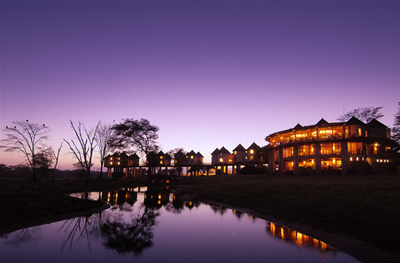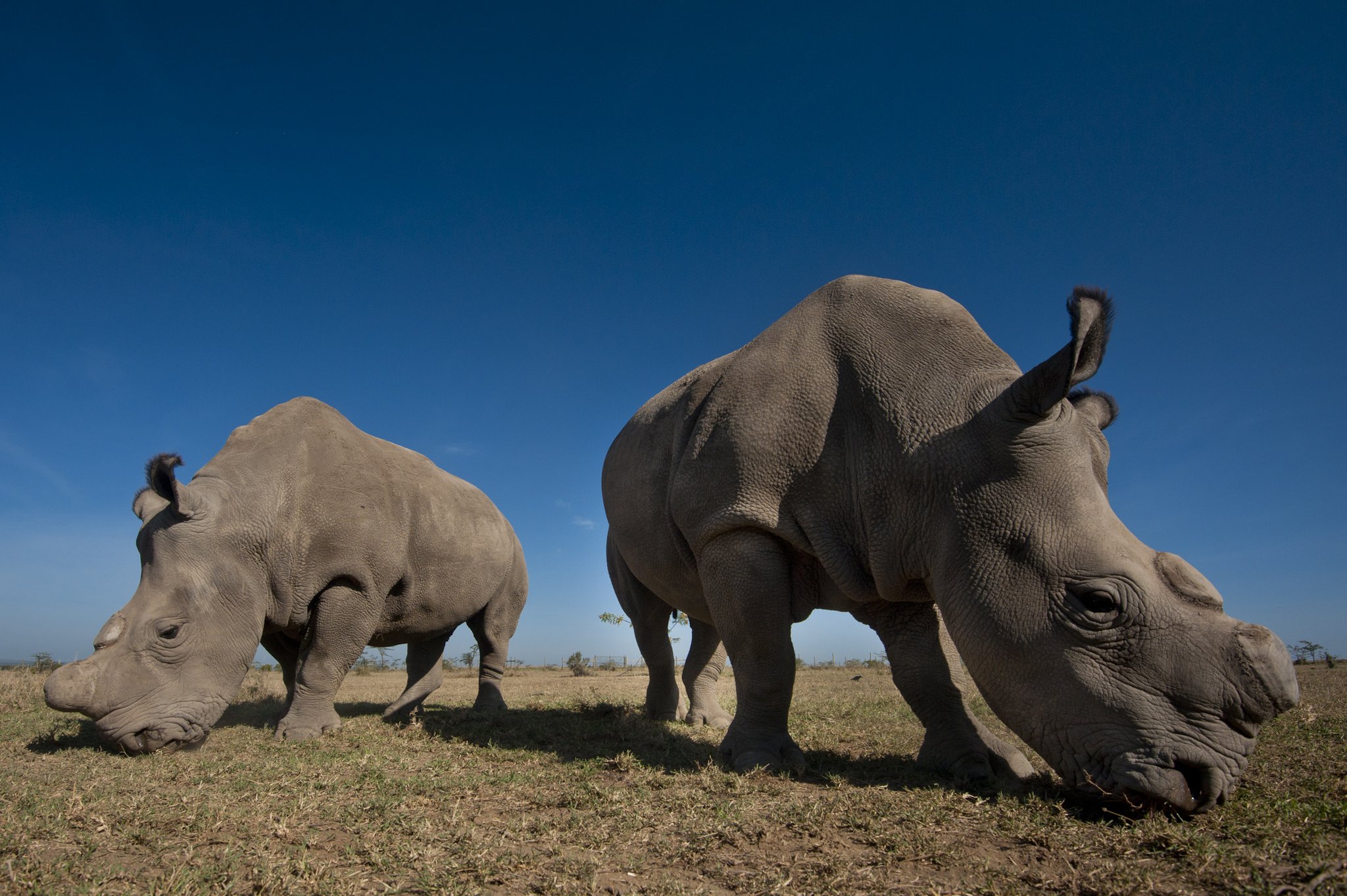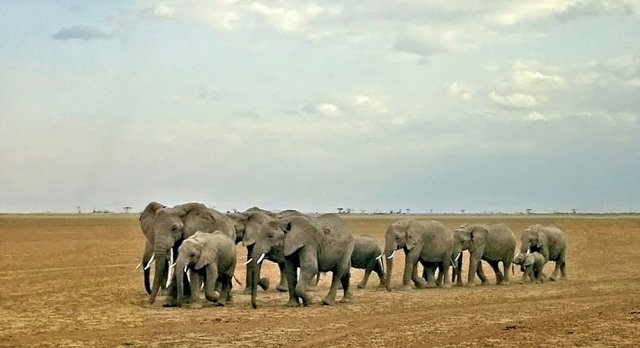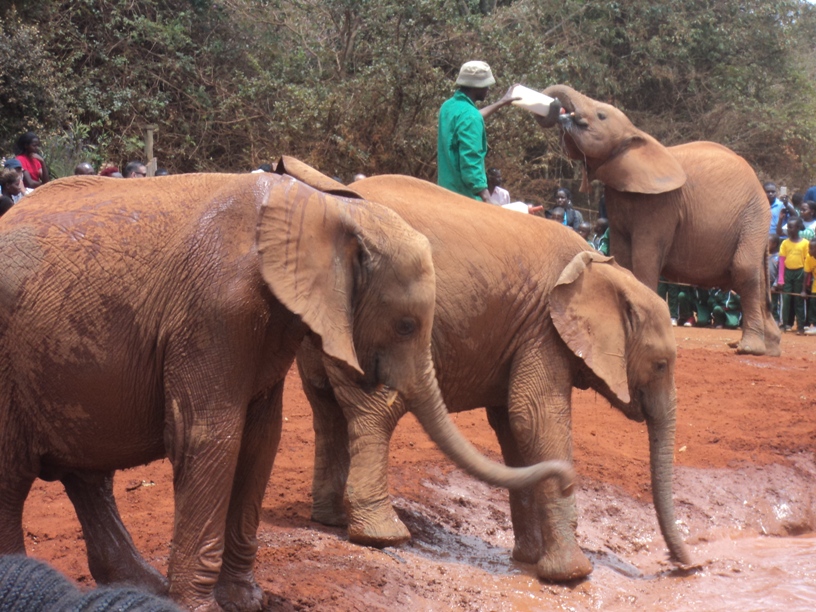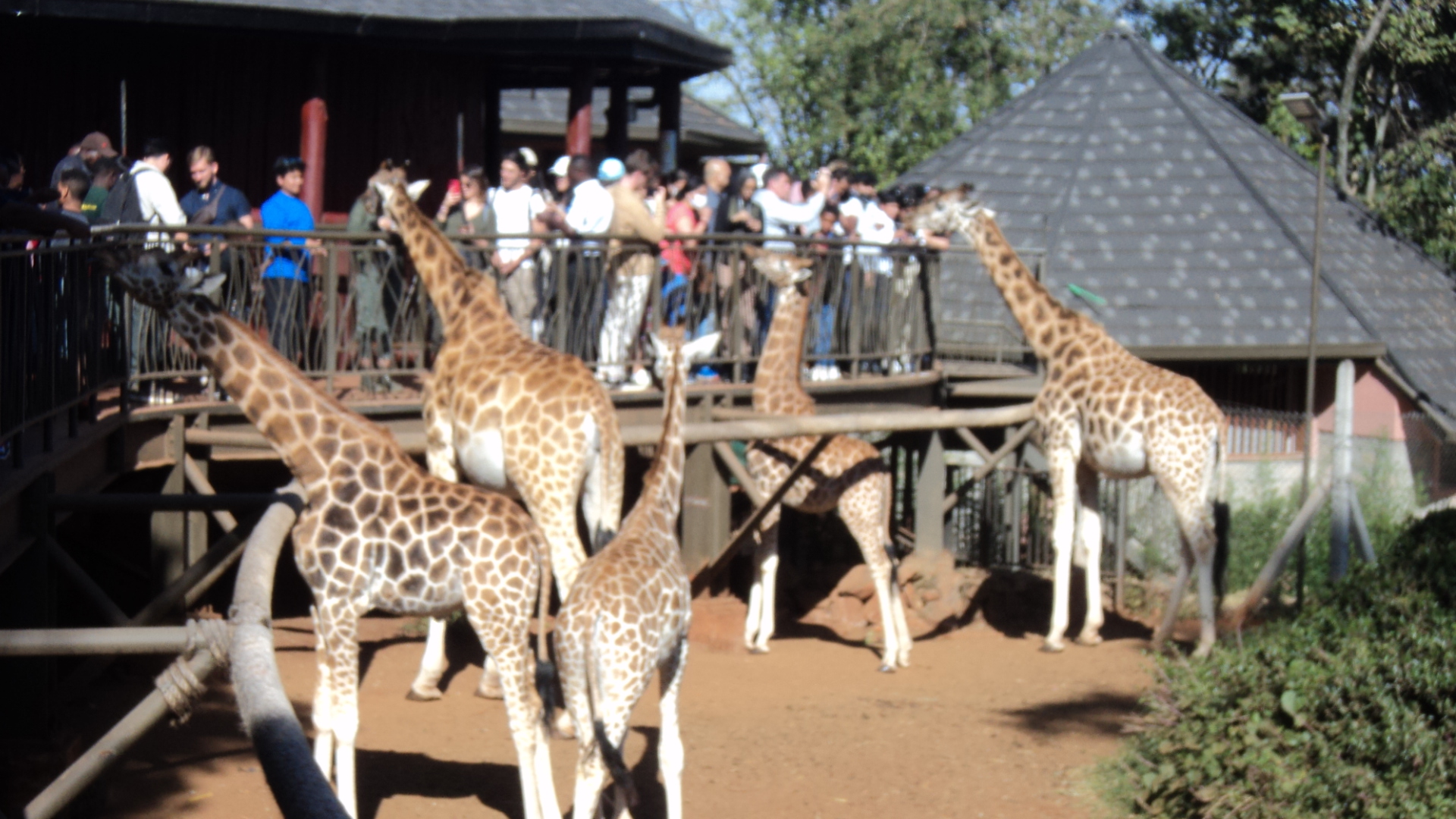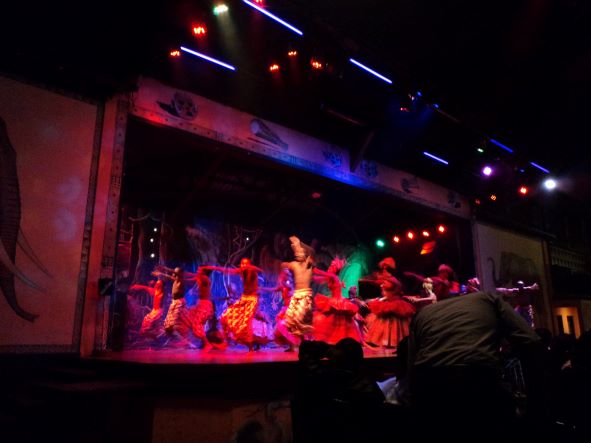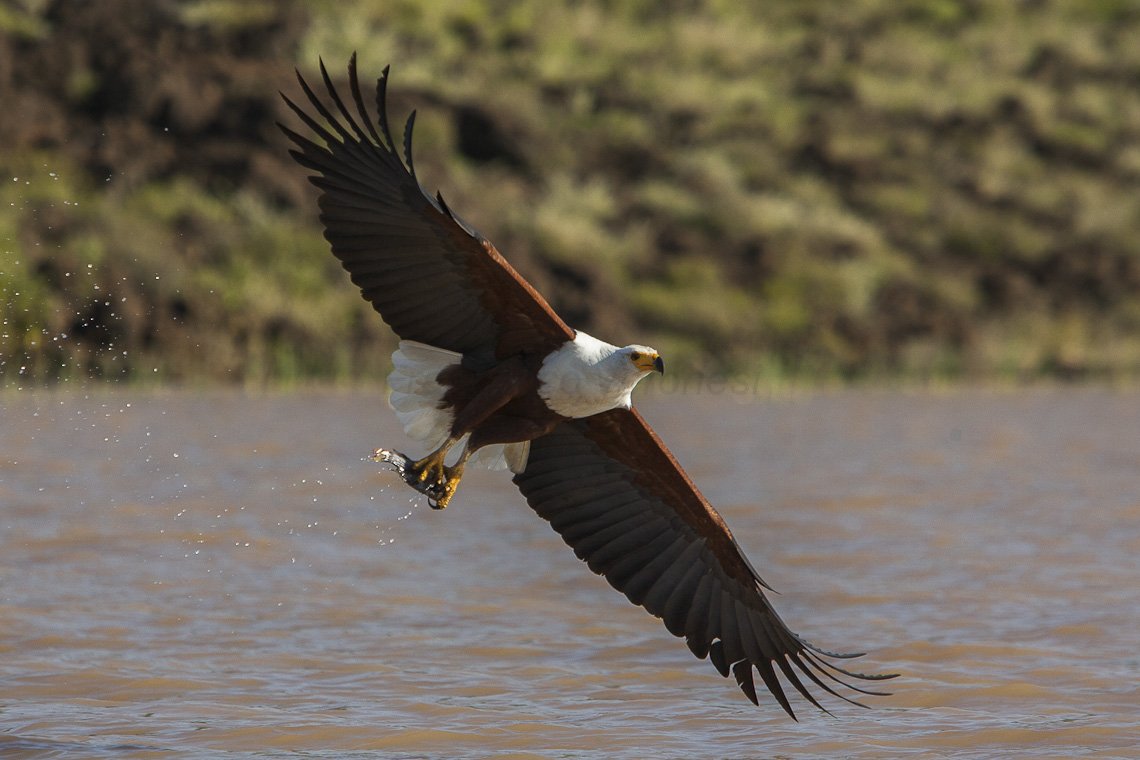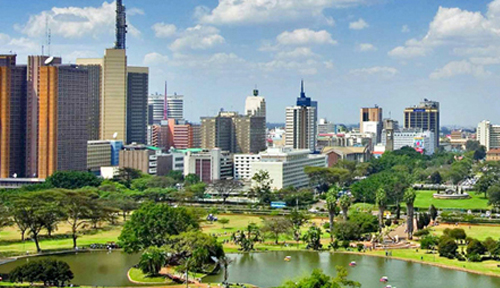Book lodges in the Amboseli National Park DIRECTLY WITH US
Amboseli National Park, at the foot of Africa's highest mountain 5895m (19,340ft) Kilimanjaro is one of the most popular of all Kenya's national parks. It lies some 240 kms (145 miles) south-east of Nairobi. The snow-capped peak of Mount Kilimanjaro rising above a saucer of clouds dominates every aspect of Amboseli National Park which covers 3920 km (1513 square miles). The Tanzania border runs along its base and also forms the boundary of the Park.
Book Amboseli Safari for 2 days from Nairobi
Book Amboseli Safari for 3 days from Nairobi
Book Safari from Nairobi to Mombasa or vice versa for 9 days
Book Safari Amboseli, Tsavo and Mombasa - 8 days Safari
Years ago this was the locale around which such famous writers as Ernest Hemingway and Robert Ruark spun their stories of big-game hunting in the African wilds. It is also the home of the famed Maasai people, those tall, proud nomadic warriors whose legendary prowess in battle and single handed acts of bravely in fights with wild animals has spread across the world. Perhaps more than any other community in Kenya, however, they have learned to live in complete harmony with their environment and the wildlife which surrounds them.
The group which numbers more than 240,000 have many fascinating traditions which form part of their ages-old culture. Their diet is a simple one, consisting mainly of meat and milk and also the blood of cattle - drawn by firing a collared arrow into the beast's jugular vein - mixed with milk. All round the park are occupied and abandoned manyattas - Maasai villages quickly built out o bent poles and sticks and plastered with cow dung and equally swiftly abandoned when the grazing is finished and the herds must move on.
But the snows of Kilimanjaro, white and crystalline, also form a backdrop to one of Kenya's most spectacular displays of wildlife - lion, elephant, leopard, rhino, cheetah, buffalo and hosts of plains game and the combination makes the park a photographer's paradise.
Part of the Park is composed of a dried-up lake bed which in the shimmering heat produces mirages. Swamps and springs, fed by underground rivers from Kilimanjaro's melting snows, form permanent watering places for the wildlife in times of drought. The lake bed is subject to sporadic floods and noxious salts in the gravel beds are dissolved to serve as a deadly poison for what is left of the local woods: few acacia trees, once a fine feature of this region, remain.
Many attractive and semi-tame birds can be easily seen and equally easily photographed around the lodges. This is one of the few places where the rare and beautiful Taveta Golden Weaver is found.
The Park's best game runs are around the Enkongo Narok and the Olkenya lake-swamp and there is a fine look-out point on observation Hill which offers views over the whole of the Park and beyond.
| AMBOSELI NATIONAL PARK | |
Amboseli RegionOltukai lodge
|
Amboseli lodge
|
Tortilis Camp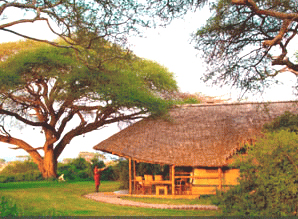
|
Amboseli Serena Lodge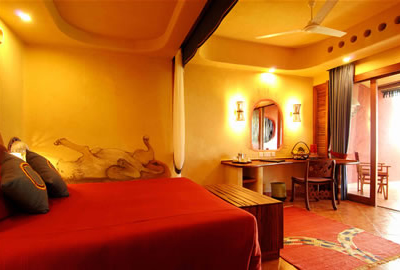
|
TSAVO NATIONAL PARK
The combined area of Tsavo East and West National Parks makes Tsavo one of the world's largest game sanctuaries, larger in size than Wales in Great Britain or Jamaica in the Caribbean. It covers more than 20,000 kms (7720 sq miles) and lies roughly halfway between Mombasa and Nairobi.
The first lodge inside any national park was opened at Kilaguni by Britain's Duke of Gloucester in 1962. It stands almost at the centre of Tsavo West and affords excellent game runs in any direction. The lodge has an almost permanent population of semi-tame squirrels, hyrax, mongooses, numerous species of birds, and an almost ever present herd of elephant. This however, is only a fraction of the natural delights which Tsavo West has to offer, there are more than 60 mammal species common to the Park, 400 birds species and over a thousand plant species.
A model national park in both layout and its geophysical and animal and plant diversity, Tsavo West has more than 2,000 kms of well-maintained murram roads, well sign-posted to lead from one natural wonder to another.
Chief among these must rank the recurring marvel of Mzima Springs, replenished with twenty million litres of crystal-clear water a day, from the underground streams of the nearby Chyulu Hills. The Springs form a haven for a rich wildlife pageant with elephant soaking half immersed in the waters, light-footed but ponderous looking hippo, apparently weight-less, tip-toeing across the bottom, crocodiles basking on the bank or swimming through the water, gazelles, zebra and giraffe wandering around the banks through the thick acacias together with hundreds of chattering birds and monkeys.
The water from these springs has for many years provided the main supply for Mombasa. An observation platform, well marked trails and an underwater glass tank provide varied vantage points to enjoy this remarkable oasis.
Not far from Mzima Springs, along a well marked track, lies the precipitous magnificence of the Ngulia escarpment at the foot of the Ngulia hills which rise to 1824m (5974ft). Each year, during the autumn and fall seasons of the northern world Ngulia has become the base of a unique phenomenon. Attracted by the lights of Ngulia Lodge, thousands of migrant birds descend through the mists which are prevalent at this time of year to be netted and ringed. It has become one of the bird wonders of the world - and provides vital information on the migratory routes and habits of many species common to the northern hemisphere. Over 60,000 birds, of 40 palaearctic species have been ringed.
Reports of ringed birds have been received from as far north as Leningrad and from countries as widely separated as Germany, Oman, Iran and Malawi. The prolific wildlife includes great herds of elephant and many lion - some undoubtedly the descendants of the famous Maneaters of Tsavo! Among the less common animals to be found are the fringed-eared oryx, the gerenuk and Hunter's hartebeest. In addition to lion, leopard and cheetah, the carnivore include wild dog, caracal and hyena.
The landscape is dominated by the giant baobab; trees which live as long as a 1000 years. After the rains the park is covered in a riot of blossoms -- the acacia trees showered white and pink and the desert rose, like a miniature baobab, produces flowers of striking beauty.
This feast of wildlife, flora and birds combines to make Tsavo of special interest - an interest made greater perhaps by geological activity evidenced by recently extinct volcanoes and massive lava flows.
| TSAVO NATIONAL PARK | |
Finch Hattons Camp - tsavo west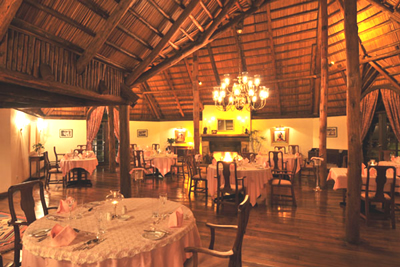
|
Voyager Tented Camp - tsavo west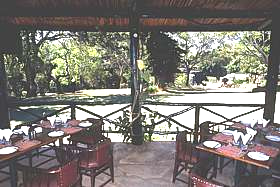
|
Voi Wildlife Lodge - tsavo east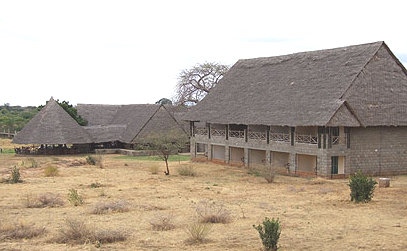
|
Kilaguni Serena Lodge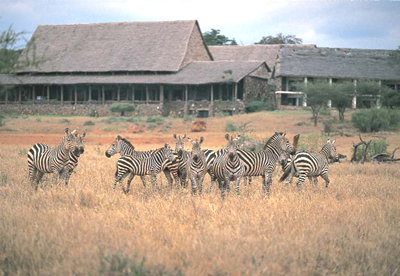
|
Ngulia Safari Lodge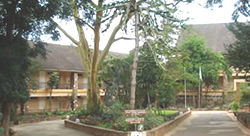
|
Tsavo Safari Camp
|
SHIMBA HILLS & TAITA HILLS SANCTUARY
The Simba Hills is a forested plateau thrusting 446 m (1,500ft) out of the coastal strip. It lies about 46 Kms (30 miles) from the Likoni ferry terminal.
Although not significantly higher than the equatorial heat of Kenya's coastal strip, the Shimba Hills are remarkably cool; the Indian Ocean monsoons rise over the eastward escarpment with invigorating freshness.
This pristine wilderness of rolling grasslands and forests of giant, primeval trees is home to a remarkable variety of wildlife -including at least 400 elephant who favour the vine-like fruit of the borassus palm. Lion and leopard lurk in the forest areas, often heard but not seen. But most distinctive of the many species in the park's 1922 kms (742 sq miles) area is the rare Sable antelope found in the same habitat as the several large herds of buffalo.
The Taita Hills Game Sanctuary is, in fact, a 11,330 ha (28,000 acres) private ranch on which are situated the Taita Hills Lodge and Salt Lick Lodge. The sanctuary contains elephant, lion, cheetah, buffalo and a host of other wildlife which are plentiful. Much of the game visits a water hole over which Salt Lick lodge is built.
Taita hills is a useful base for a visit to Lake Jipe which has protection as part of Tsavo West National Park. The Lake, bisected by the border with Tanzania is a favourite haunt of bird watchers and the National Park provides boats for ardent ornithologists. In the lake area there is, surprisingly, a herd of Grevy's zebra, translocated from northern Kenya in 1977.
| SHIMBA HILLS & TAITA HILLS SANCTUARY | |
|
Salt Lick Safari Lodge
|
Taita Hills Safari Lodge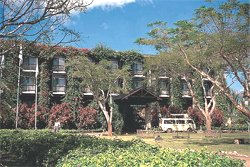
|
Other Includes:
|
|

